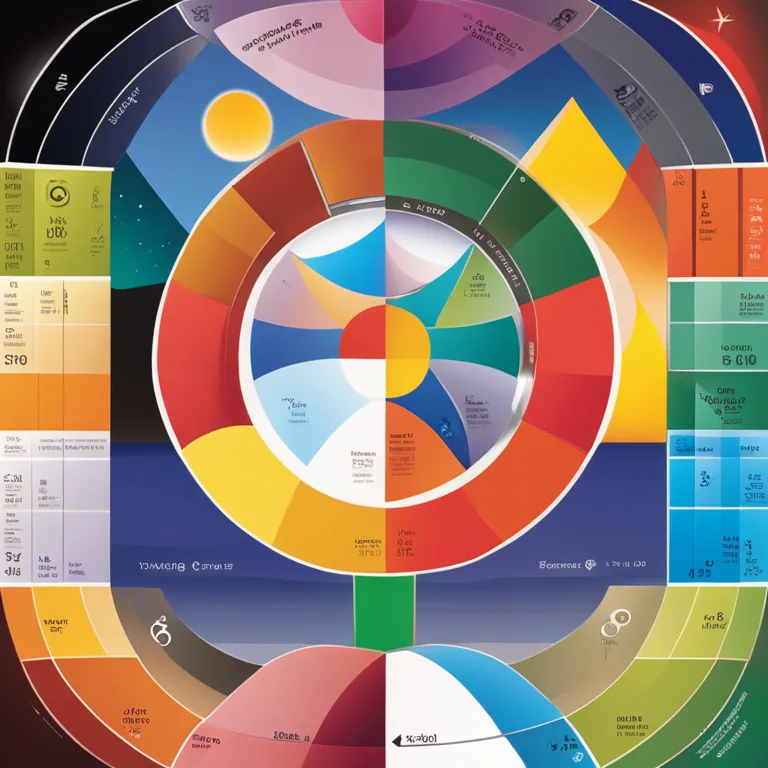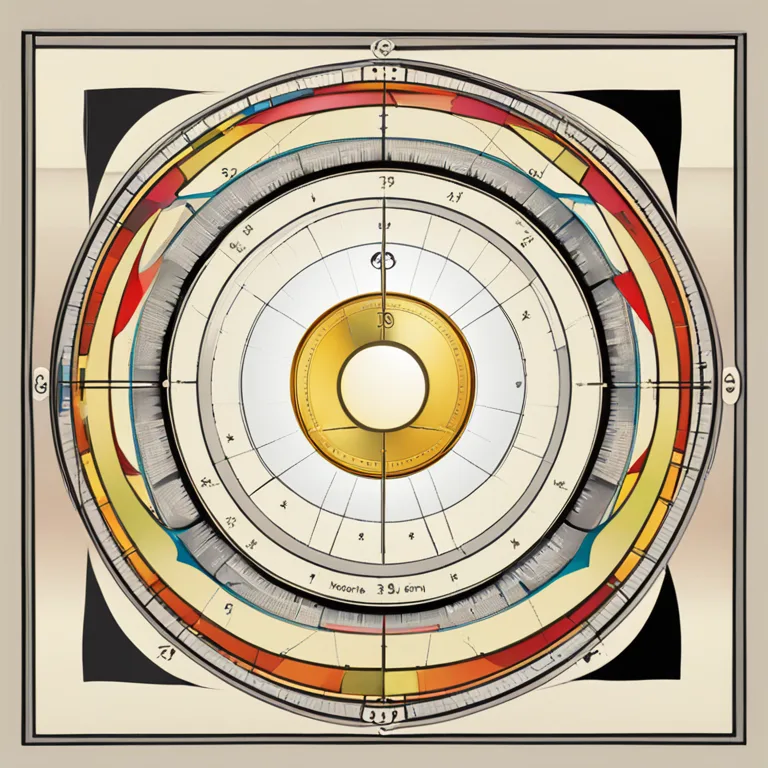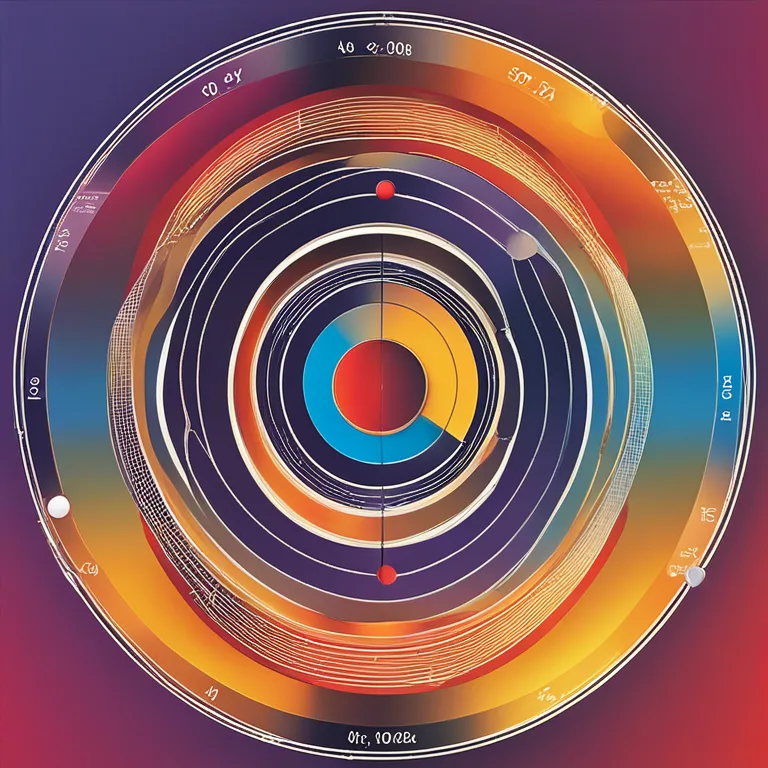
The Biorhythm Cycle: Human Energy Patterns
Delve into the concept of the biorhythm cycle and discover how it is believed to influence human physical, emotional, and intellectual states.
article by Adrian Wallace
Introduction to Biorhythm Cycles
Biorhythms are thought to be intrinsic cycles that influence various aspects of our well-being, from physical to emotional and intellectual states. The concept is based on the idea that from the moment of birth, we are influenced by rhythmic biological cycles that affect our capabilities in varying ways. These cycles are believed to be constant and predictable, providing a framework for assessing personal high and low tides of energy and performance.

The Three Primary Cycles
Three main biorhythm cycles are central to the theory: the 23-day physical cycle, the 28-day emotional cycle, and the 33-day intellectual cycle. Each cycle oscillates between a positive phase, where abilities in that domain are enhanced, and a negative phase, where they are assumed to be diminished. It's posited that understanding these cycles can help individuals anticipate and plan for their daily activities better.

Physical Biorhythm Cycle
The physical cycle is characterized by 11.5 days of positive, high-energy phase, followed by the same duration of low energy. This cycle is thought to impact one's stamina, strength, and overall physical condition. Advocates suggest that being aware of our physical biorhythm can influence our success in athletic endeavors or our vulnerability to illness.

Emotional Biorhythm Cycle
The emotional cycle, spanning 28 days, mirrors the lunar cycle and is considered to regulate mood, feelings, and creativity. Its proponents claim that during the positive phase of this cycle, one may experience heightened emotional states and creativity, while the negative phase may bring a need for introspection or encountering emotional challenges.

Intellectual Biorhythm Cycle
The intellectual cycle, completing a loop every 33 days, purportedly governs cognitive functions, decision-making, and memory. When in the positive phase, you might find learning, logic, and analytical tasks to be more accessible. Conversely, during the downswing, one might face mental blocks or lapses in judgement.
Critical Days and Life Rhythms
When a biorhythm cycle crosses from a positive to a negative phase, or vice versa, it is referred to as a 'critical day.' During this transitional time, individuals are believed to be more prone to errors or accidents. Furthermore, some theories suggest that exploring the intersection of these cycles can yield deeper insights into personal dynamics and compatibility with others.
The Skeptic's View and Current Relevance
Despite being a popular topic in the realm of alternative wellness, biorhythms have been met with skepticism from the scientific community due to a lack of empirical evidence. Yet, there's a continuous allure for personalized insights, and with advancements in technology and personal tracking apps, the biorhythm theory continues to evolve, gaining new enthusiasts eager to explore the rhythms of their lives.
Published: 12/28/2023
Modified: 12/28/2023
More predictions
Come back here soon to learn more about yourself and your future


The Reality Of Biorhythm Compatibility
Unravel the truth behind biorhythm compatibility and its role in personal relationships and daily life.


Unlocking Your Body's Natural Clock
Explore the intriguing world of biorhythms and discover how they influence your physical, emotional, and intellectual states.


Biorhythms In Humans Explored
Exploring the concept of biorhythms and their influence on human behavior and physical states.